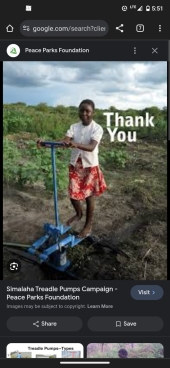We're planning on building a two floor 5x5m‘ workshop/temporary living space at our lot in Capurgana, which is within a tropical monsoon climate.
Our farm will start as soon as we have this liveable space ready on the lot. We'll be starting a nursery to the main structures side, too. The workshop will serve as a shopfront for the farm and storage and temporary living space until we can start the kitchen project. Rainwater falling on the 25m‘ roof will flood a catchment pipe which fills a (second floor) 500l water tank directly beneath the rain gutter point. The water will be used for washing (one faucet) below the tank (max pressure) and another leading outside for a simple jungle shower. The two systems will lead into a grey water treatment bed of plantain and beneficial plants.
A messy scribble describes the idea for the more extreme visual learner here.
http://imgur.com/s6ujZQE
Q1. We're at 8˚ latitude here, and plan on mounting a solar system on the roof. I'm told that the optimum angle for panels relates to Latitudinal zone. Any idea how to best optimise solar panel light exposure, including magnetic direction (I assume the roof will slope slightly to the north)?
We will rarely struggle for water, but catching it seems the most logical way of supplying limited needs, and it would be great to harvest the abundance of rain, So:
Q2. Has anyone ever created a simple system like this one? I worry about the pressure being too low, the catchment too big for the tank «
http://imgur.com/JJpvHHI
Q3. That a tank of 500 litres will be too weighty for 8x 6"x6"x8' Wild Cashew timber building to hold on the first (raised, boarded floor)?
http://imgur.com/nZOTsoG
Please leave any feedback on the idea here as we're ready to build in June!
Contact us and follow our progress on
http://www.facebook.com/feelfreehostel ;) Likers win free t-shirts (from the workshop!!!)





 1
1
























 1
1











